Pan Am Series – Part XLVIII: Skygods
15 February 2015 7 Comments
Skygods

Sky-god \ski-god\: a being who reigns supreme while aloft in man-made flying contrivance 2: an aeronautical creature endowed with godlike attributes and worthy (in his or its own estimation) of human worship
On 14 January 2015, former Pan American captain Gerry Mahan celebrated his 100th birthday. Captain Bill Nash, whose story about flying the Boeing 314 was featured in Part II of this series, is in his late 90s. Both men started with Pan American near the beginning of World War II and stayed with the airline until into the 1970s. Both got their feet wet with Pan American as pilots in the Boeing 314, the last of the great flying boats. There were others who flew these great machines that also included the Sikorsky S-38, S-40 and S-42, the Consolidated Commodore and the Martin M-130: R.O.D. Sullivan, Leo Terletsky, Steve Bancroft. Ed Schultz, Bob Ford, who flew the first round-the-world flight in a commercial airliner and Edwin Musick, probably the most famous of the flying boat pilots, who flew the first trans-Pacific scheduled airmail flight in the China Clipper. These men were known as “Skygods” and today they are few and far between.
On the occasion of his 100th birthday Captain Mahan was the subject of an article by Julia Prodis Sulek in the San Jose Mercury News. An excerpt follows:
“Born in Kansas on Jan. 14, 1915, Mahan was raised by his grandmother until he ran away at the age of 13 — about a year after Charles Lindbergh gained international fame for completing the first solo flight from New York to Paris.
“‘The freight trains were running in my direction,’ Mahan joked.
“He settled in Southern California and lived with his aunt. He sold shoes to put himself through UCLA. By age 18, he owned his first plane, his daughter, Luana Davis, 72, said. He flew for TWA before joining Pan Am in 1941. He flew everything from DC-3s to 747s, retiring out of San Francisco in the mid-1970s. He taught his oldest daughter, Luana, how to fly when she was just 11. She spent her career flying for Federal Express.
* * *
“‘It was one hell of a great experience,’ said Mahan, who lives with a caregiver in his hilltop home, with views of the Mineta San Jose International and Reid-Hillview airports, where he once owned as many as a dozen private planes and taught one of his daughters how to fly. ‘It was a magnificent life. If I had to do it all again, I’d do it the same way.’
“At a time well in advance of modern navigation aids or weather forecasting, he remembers flying over the Pacific in a Boeing 314 Clipper no higher than 8,000 feet to keep oxygen for the passengers in the cabin. Sometimes he flew as low as 1,000 feet, he said. Navigating by both the stars and the waves, he would throw a marker flare out the window to triangulate his position.”

Gerry Mahan, 99, holds a photograph of a Clipper airplane, circa 1939, at his home in Los Gatos, Calif., on Tuesday, Jan. 13, 2015. (Gary Reyes/Bay Area News Group)
Captain Mahan flew the Boeing 314 on transpacific flights. The below timetable shows what flights he might have operated:
Captain Bill Nash grew up in Atlantic City, New Jersey and lived nearby Bader Field, a small local airport. In a letter, he described how he “hung around the banner flying business hanger, getting in the way, so they put him to work sweeping hanger floors, washing planes, etc. Interested in his enthusiasm, they began putting him in the front cockpit when they flew banners behind the plane just seaward of the beach and boardwalk. The planes were Biplane OX5 Challengers (KR-31 Fairchilds). The pilots taught him to fly so they could watch the girls on the beach.”
Captain Nash went on to Temple University to study to become a teacher and also obtain his pilot’s license through President Roosevelt’s Civilian Pilot Training Program. After graduating from Temple, he decided he preferred flying and applied for a job at Pan American. He was hired in 1942 and was assigned as a Fourth Officer in the Boeing 314 flying boat. After successful completion of training, Captain Nash was where he wanted to be, flying for an “international airline out of Pan Am’s Marine Base in New York to Europe.”
Captain Nash flew flying boats in support of the war effort during World War II and at war’s end, when Pan Am phased out the flying boats, he progressed to the DC-3s, the DC-4s, the Constellations, the DC-6s and the DC-7s. Eventually he was flying jets, and during his last fifteen years with Pan American, he was based in Berlin, flying Pan American’s Internal German Services, and, “keeping the corridors to Berlin Open”.
Speaking of his flying boat days, Captain Nash said, “[t]o me, experiencing this phase of early commercial aviation was one of the best times of my life. Having had the opportunity to be part of a Boeing 314 crew was an outstanding adventure for a young man, and I still recall it well. . . , and thrill to the memories of that great aircraft and the exciting era of world history, all made possible by my years with Pan Am.”
Nash retired in 1977. One son, Bill Nash, Jr., is also a pilot.
Captain Nash flew the Boeing 314 on transatlantic flights. The below timetable shows what flights he might have operated at the end of World War II:
In his story “Skygods”, featured in Pan American World Airways – Aviation History through the Words of its People, writer Bob Gandt recalls his experiences with the Skygods he encountered early in his career with Pan American. Below are excerpts from his story:
“’Back in the Boat Days. . .’”
“That was an expression we heard a lot during our pilot indoctrination at Pan Am. Whenever an old-timer spoke of an event that happened in the first half of Pan Am’s existence, his voice would take on a reverential tone: ‘Things were different in the Boat Days, you know. Back then we used to. . .’
“Never mind that this was 1965, that Pan Am possessed the largest fleet of commercial jets in the world, or that futuristic craft like the 747, the SST, and even spacecraft were on the drawing board. The Boat Days—the era of the great flying boats like [the S-42], the China Clipper and the majestic Boeing B-314—were the spiritual epicenter of Pan Am’s history. And the high priests of the Boat Days were a generation of legendary airmen we called Skygods.

“And they were still around. We caught glimpses of them in the big blue Pan Am hangar at the San Francisco airport where we attended classes. Like living artifacts from another age, the lordly airmen could be observed striding down the hallway to attend to their worldly business in the crew scheduling or personnel offices. Their heels clacked like hammers on the marble floor.
“Even their uniforms were distinctive. The gold on their cap visors and the four stripes on their uniform sleeves had a weathered, salt sprayed dullness. The white caps rode atop their graying manes with a windward tilt. In their double-breasted, gold-encrusted Pan Am uniforms they looked like ancient mariners.
“Their trademark was the Look. Skygods squinted at the world over the tops of half-frame spectacles, down the lengths of their leathery noses. Wearing the Look, they would lock their imperious gaze on whatever subspecies happened to warrant their attention.
“Not until a year-and-a-half later, when I was a freshly-qualified Boeing 707 first officer, did I actually fly with one of these legendary captains. He was a Skygod of monumental reputation, a man whom I’ll call Jim Howland, and we were scheduled to operate a Pan Am round-the-world flight. The experience would stay seared in my memory for the rest of my career.
“It started off badly. When I introduced myself at check in, Captain Howland ignored my outstretched hand. After a perfunctory glance over his half-frames—the Look—he turned his back and busied himself with paperwork. In the cockpit his only utterances came in the form of terse commands: ‘Read the check list,’ ‘Get the clearance,’ ‘Gear up.’ My half of the exchange was limited to ‘Yes, sir.’
“So it went for the next few days —the Skygod issuing commands, the lowly first officer complying. It was impossible to tell whether Howland was pleased or disgusted with my performance. His expression never changed. Nor did the monosyllabic stream of orders. He made every take off and landing, sharing none of the flying duties with his first officer.
“This condition lasted until we reached the Middle East. It was then, while we were in our descent toward Beirut airport, that history and geopolitics converged on us like a perfect storm. ‘Clipper One,’ called the air traffic controller, his voice an octave higher than before, ‘be advised that this region is in a state of war. Airports in every country are reporting air attacks. What are your intentions?’
“Intentions? I looked at the captain. He appeared to be deep in thought, his eyes fixed on the hazy brown desert-scape ahead of us. The controller sounded flustered, and so did the Pan Am operations agent on the ground in Beirut. No one knew what was going on or where we should go. The controller offered the opinion that since Beirut airport didn’t seem to be under attack at the moment, it was probably safe to land. Probably.
“At this the captain’s eyeballs bulged, and he rose to full Skygodly stature. ‘To hell with that idiot,’ he thundered. ‘Tell him we’re not landing in Beirut.’
“’Yes, sir, but where do you want to—’
“’We’re going to Tehran.’”
“Tehran? Ooookay. The Skygod had spoken, and it didn’t matter what air traffic control or our man in Beirut had to say. Clipper One was headed for Tehran. The problem was, getting a clearance to there—or anywhere else—wasn’t possible. The en- route frequency had become a bedlam of hysterical chatter about airports being bombed, fighters in the air, warning shots fired.
“Off we went, eastward over the desert, while the relief pilot and I re-calculated our fuel and pored over the charts and tried to get clearance through the airspace. We encountered no fighters, no one tried to shoot us down, and somewhere along the way I actually obtained an airways clearance. When we landed in Teheran and deplaned our 120 passengers, we learned that we had just experienced Day One of what would be the Six Day Arab-Israeli War of 1967 .
“That night the captain invited me to join him for a drink. For the first time I observed a softening of the fearsome Skygodly countenance. Peering over his half-frames, he raised his glass and spoke words that would stay with me for the next half century. ‘You know something, kid? You did good today.’
“I was speechless. You did good today. Coming from a Skygod, it was like an accolade from the Almighty.
“Thereafter, for the remainder of our trip around the planet, Howland actually shared the take offs and landings. And he talked. In quiet moments high over the ocean, he recalled adventures from the Boat Days when ships like the China Clipper ruled the skies. They were exotic stories, and it didn’t matter to me that they might be a bit embellished. I listened like a kid hearing fairy tales.
“Over the next couple of years I flew with more of these ancient pelicans, and while the experience was seldom heartwarming, I always had the sense of being connected to a slice of history. The era of the Skygods spanned a time from fabric-and-wood mail planes, through the glamour-filled Boat Days, through WWII and the arrival of long-range landplanes, all the way to the jet age. They had seen it all.
In his book Skygods – The Fall of Pan Am, Gandt recalls how the newly hired pilots would watch the Skygods with awe. “Like everything else”, he said, “they knew these ancients had practically invented aviation. Back in the boat days, these heroes had braved a thousand storms, alighted on mountainous seascapes, flown over the vastness of great oceans.” They were the Masters of the Ocean Flying Boats. They also played a part in setting the operational standards that governed Pan American’s pilots in the Jet Age.
In the early days of Pan American’s flying boat operations, much of the procedures and standards that were established were the product of Andre Priester, a Dutchman hired to oversee Pan American’s flight operations. According to Gandt:
“As chief engineer, Priester was given autonomy over all Pan Am’s flying hardware. * * * [H]e stamped the airline with his own ethic of hard-nosed, conservative, meticulously planned operations. It was Priester who laid down the specifications for each of Pan Am’s new flying boats. He plotted new routes and wrote operations manuals and calculated aircraft performance. Priester invented Pan Am’s operational philosophy.”
Priester was a hands-on chief engineer. He was omnipresent and seemed to be everywhere, snooping, inspecting and asking questions. And, as noted by Gandt, “[t]he pilots feared Priester. They resented his uncompromising, perfectionist attitude. But in their secret hearts they took pride in what he made them accomplish.”
The standards set by Priester and the Skygods he trained transcended to the generations of Pan American pilots who followed. The pilots who were hired in the mid-1960s, who were known as the “New Hires”, a name that stuck with them throughout their careers, helped bring the art of piloting to the highest levels. To the current generation of airline pilots, they are the Skygods of today.
Robert Gandt (above left), a former Pan Am captain, was based in San Francisco, Berlin, Hong Kong, and New York during his twenty-six-year career. He is a novelist, historian, and the author of thirteen books. In 2011 he received the Samuel Ellliot Morison Award for Naval Literature by the New York Commandery of the Naval Order of the United States. Still flying today, he is a member of the Redhawks Aerobatic Team (above right). Visit his website at www.Gandt.com.
For additional information about Pan American World Airways:
To learn more about the history of this pioneering airline, click on the title below for preview of
Pan American World Airways – Images of a Great Airline Second Edition.
This book is available on eBay .
Another excellent book is Pan Am – Personal Tributes to a Global Aviation Pioneer, which was published to commemorate the 90th Anniversary of Pan Am’s founding. It contains more than 80 stories written by former Pan Am employees and international media friends who had personal experience with many of Pan Am’s key events during its history. It is the perfect companion to Pan American World Airways – Images of a Great Airline Second Edition and can be purchased on Amazon.
Preview Pan American World Airways – Aviation History Through the Words of its People, which is available on Amazon.
For further information about the history of Pan American World Airways, visit: Pan Am Historical Foundation



































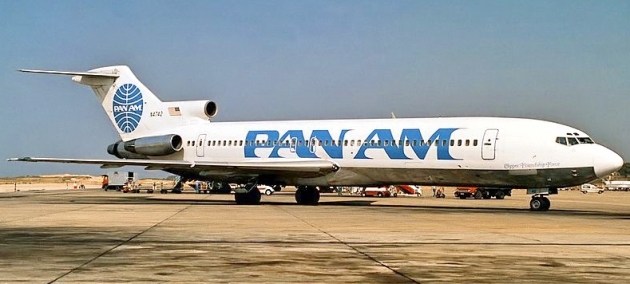
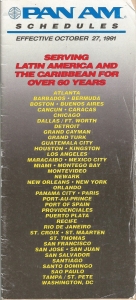
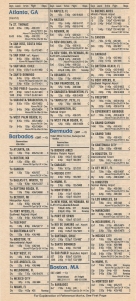

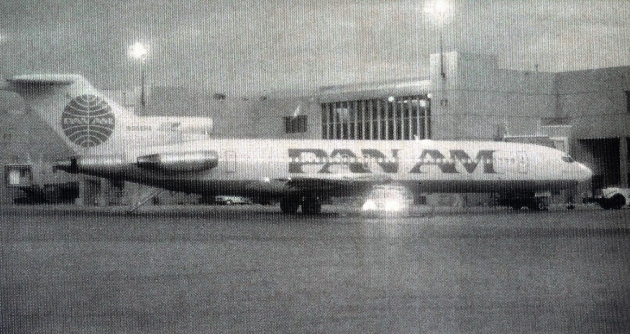


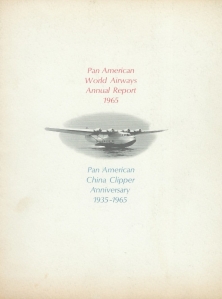
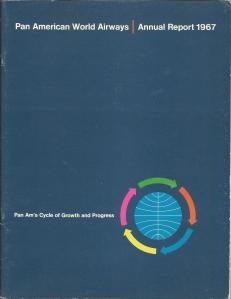

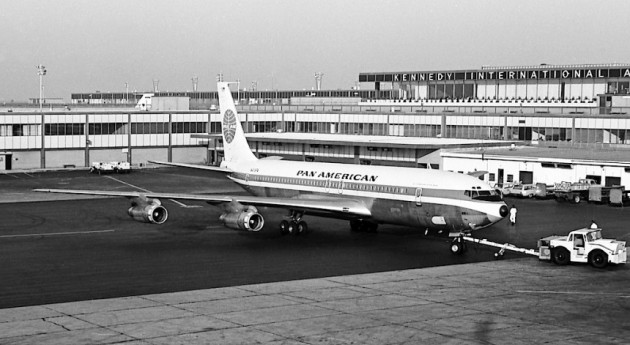
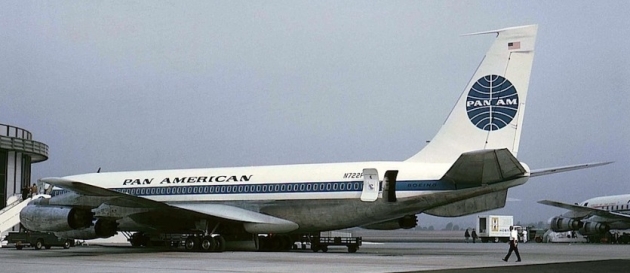
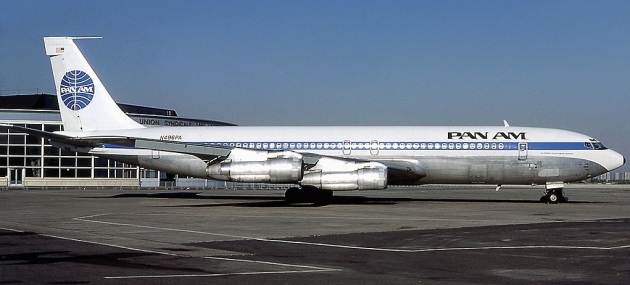

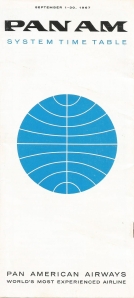
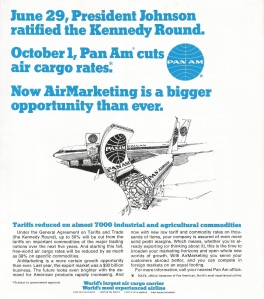
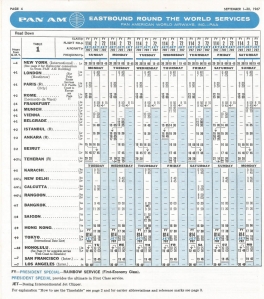
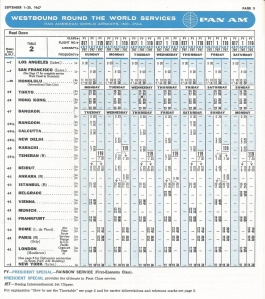
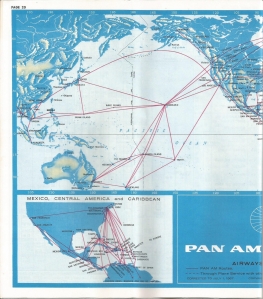
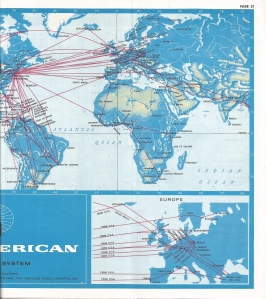
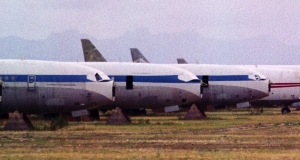
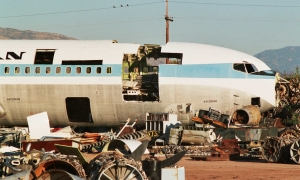

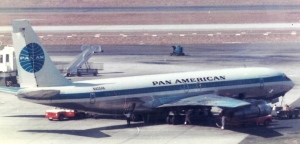

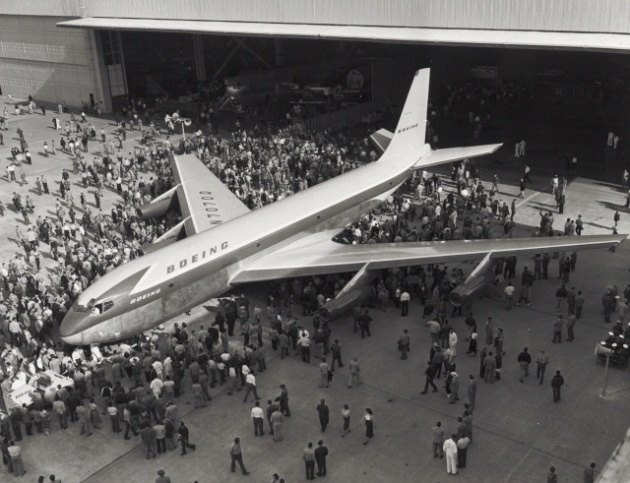

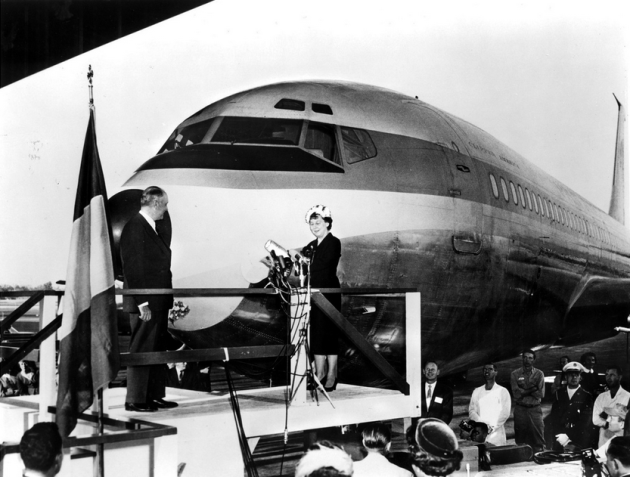
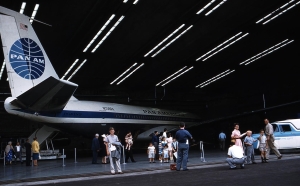


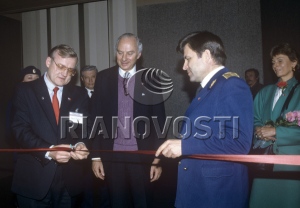
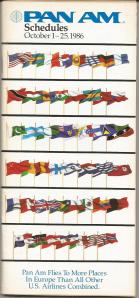
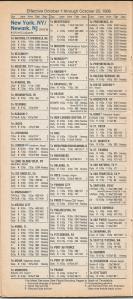
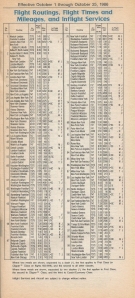
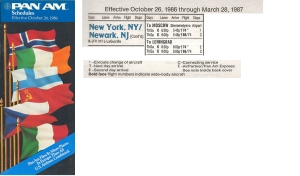
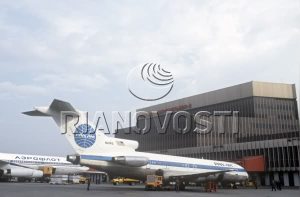
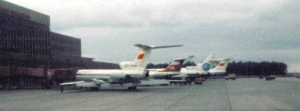
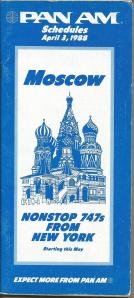
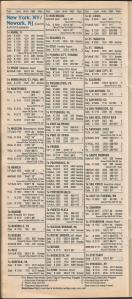
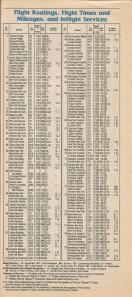
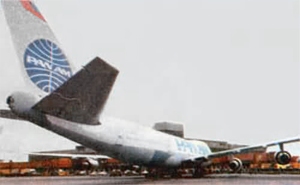

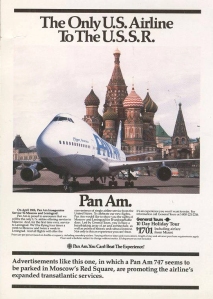
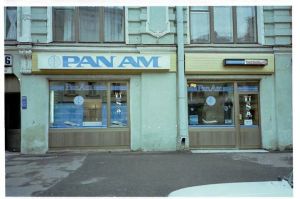
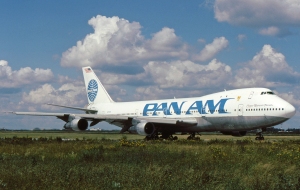
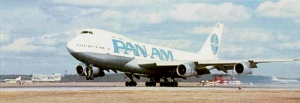
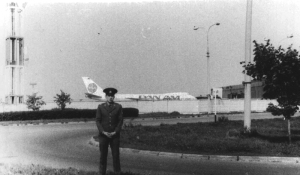

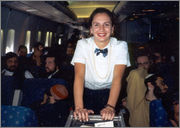
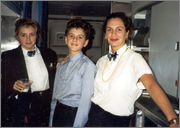
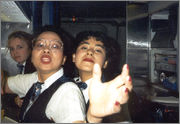
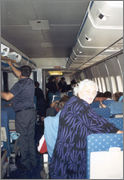

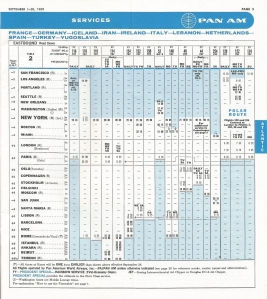
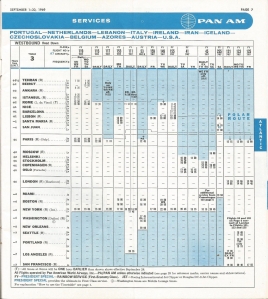
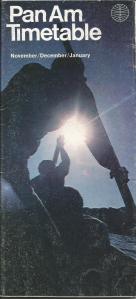
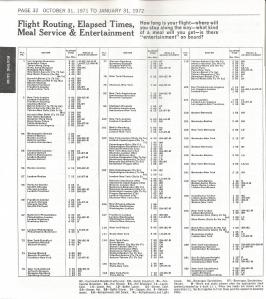
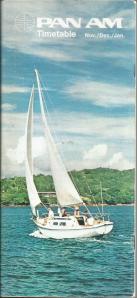
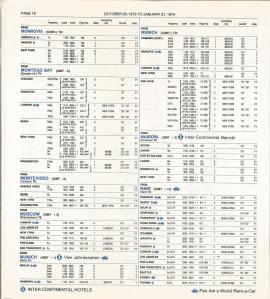
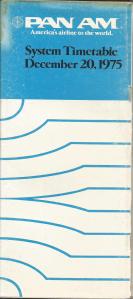
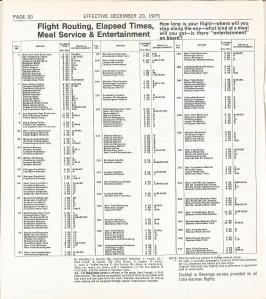
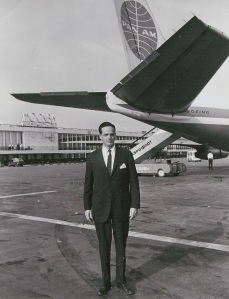
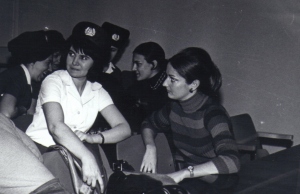
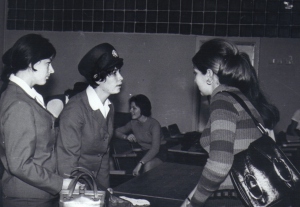

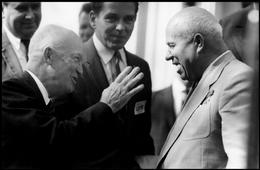
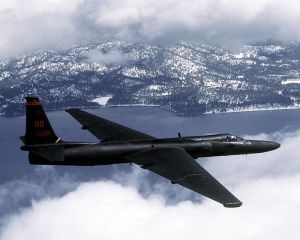
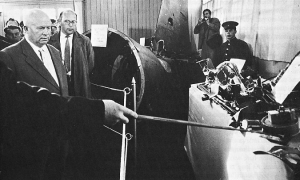
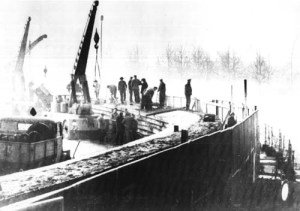
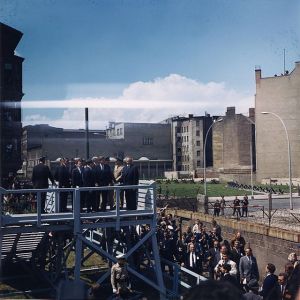
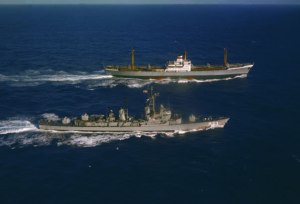
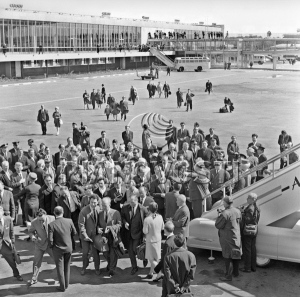
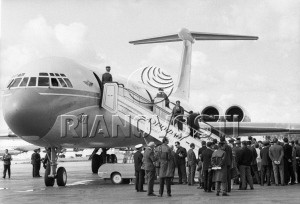

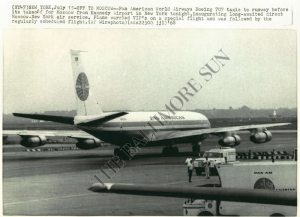
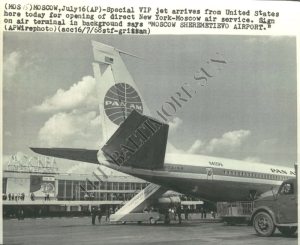
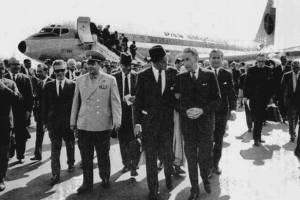
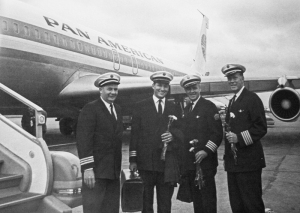


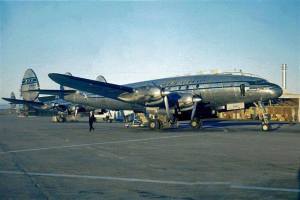
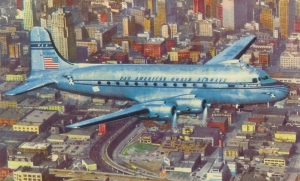
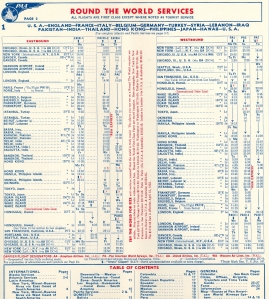
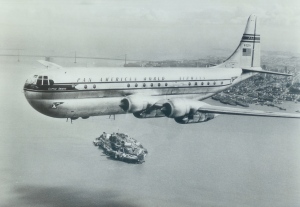
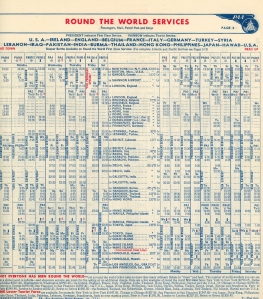
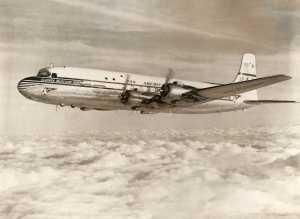
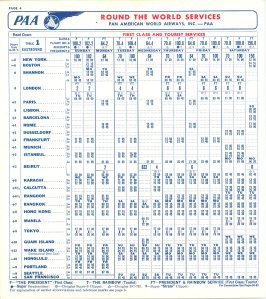
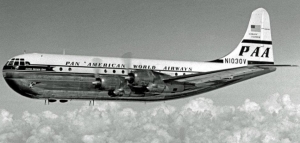
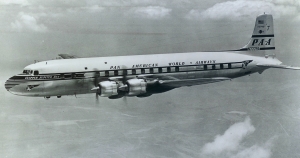
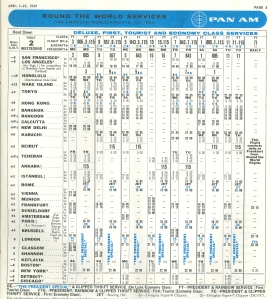
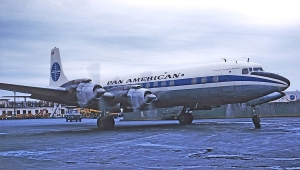
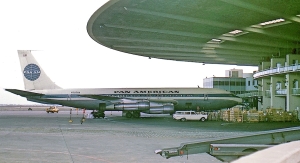
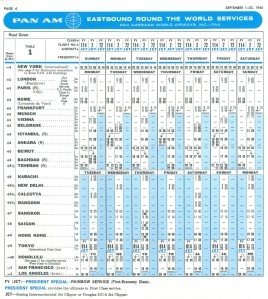
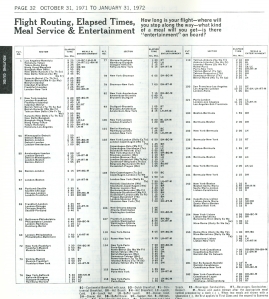
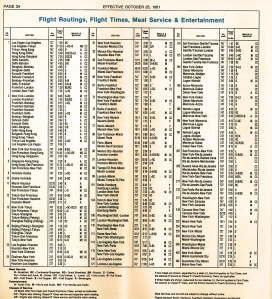
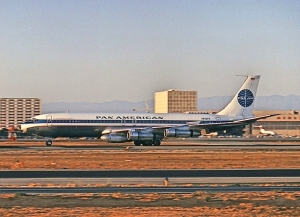
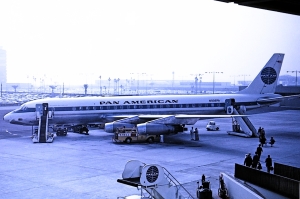
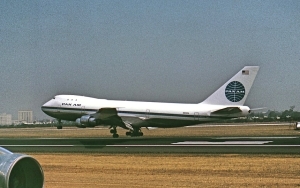
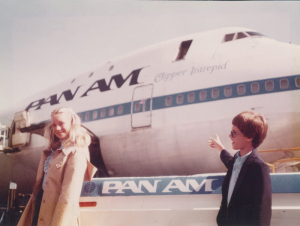
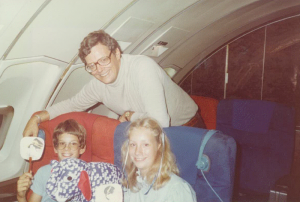

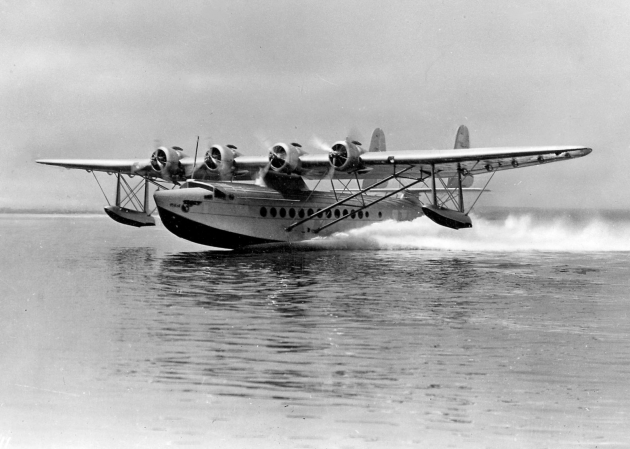

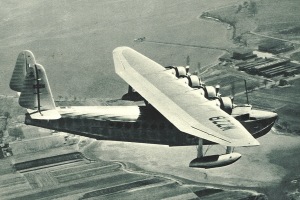

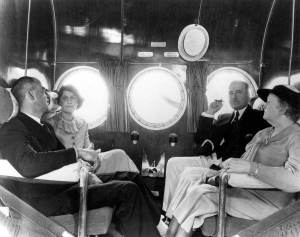

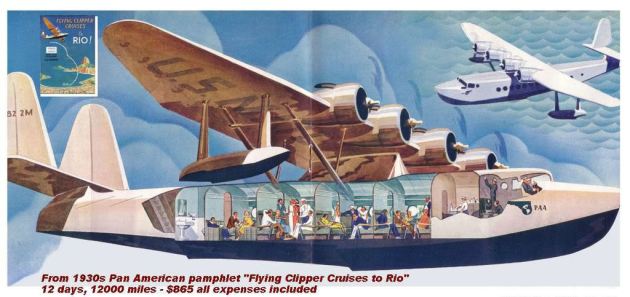
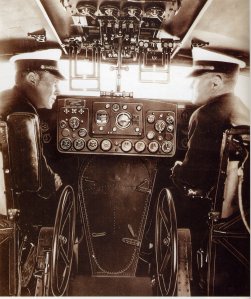
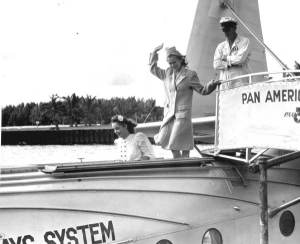
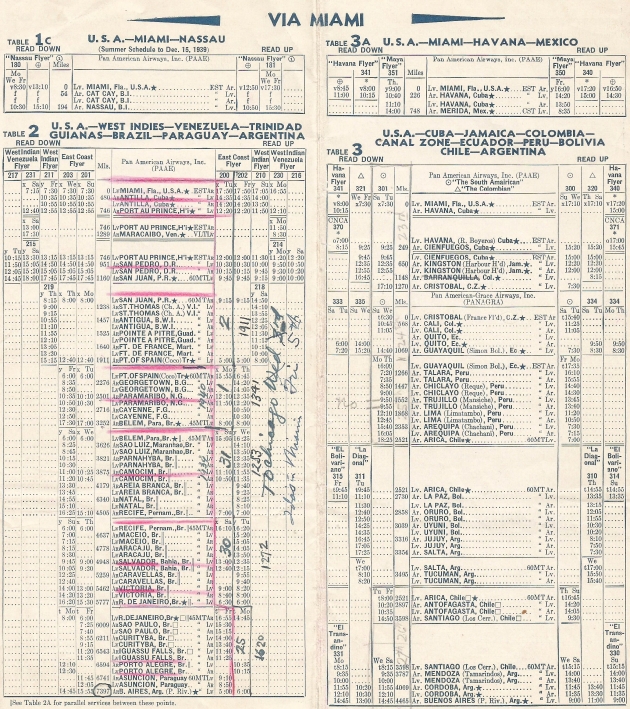

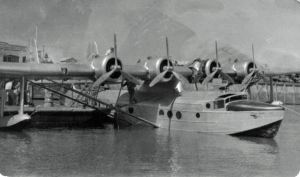
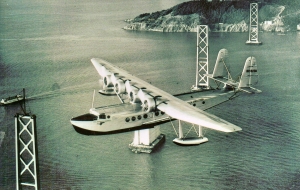


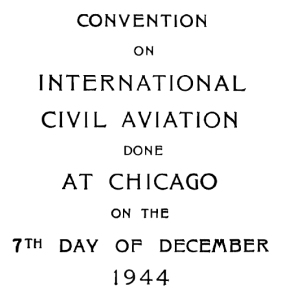
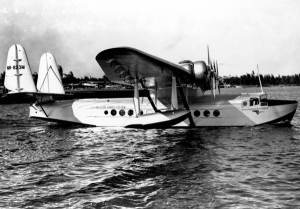
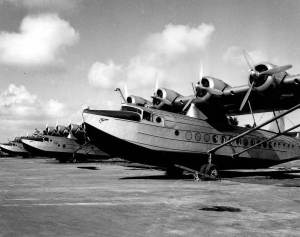


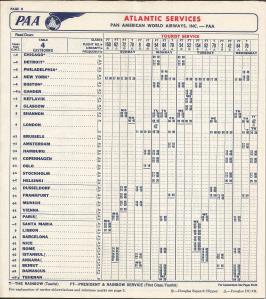
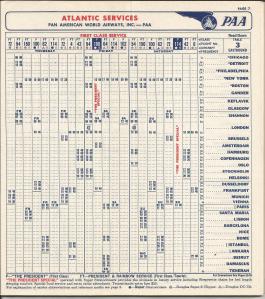
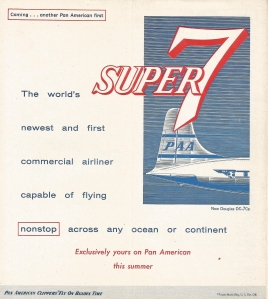
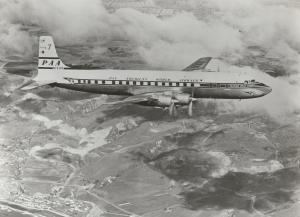

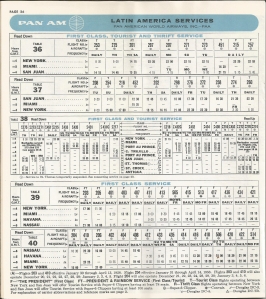
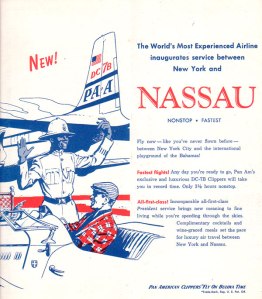
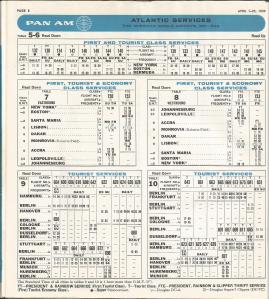
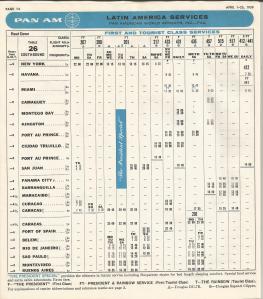
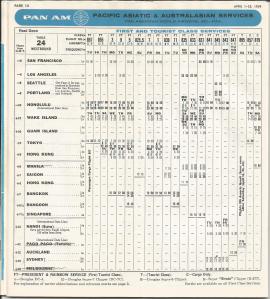
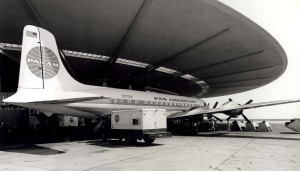
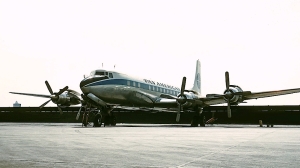
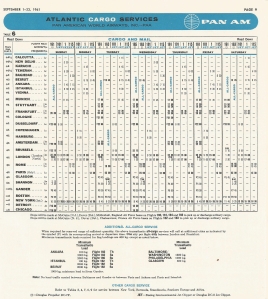
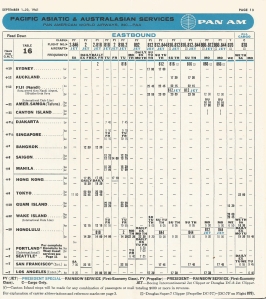
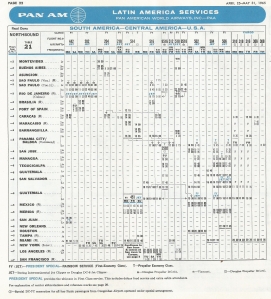
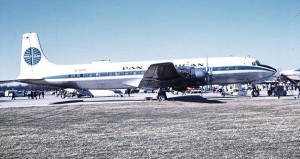
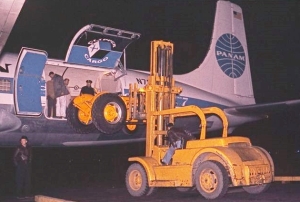
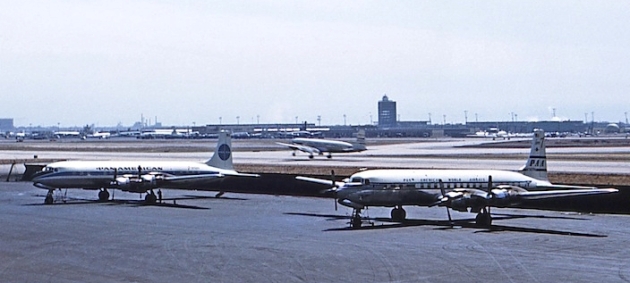
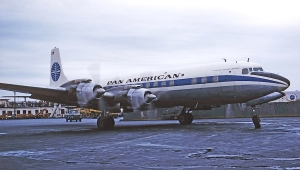
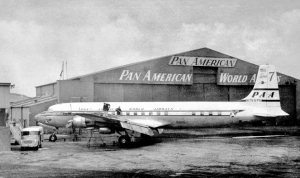

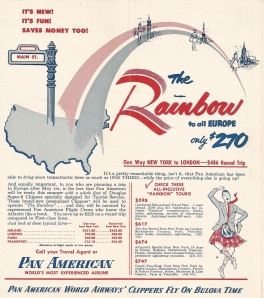

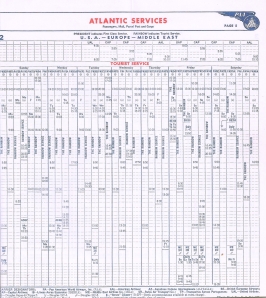
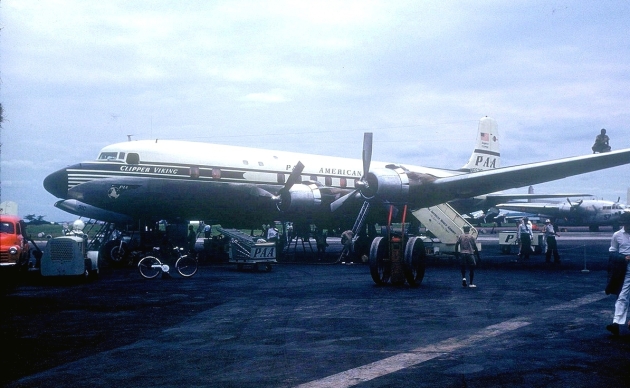
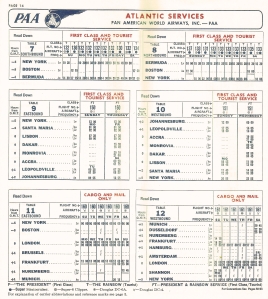
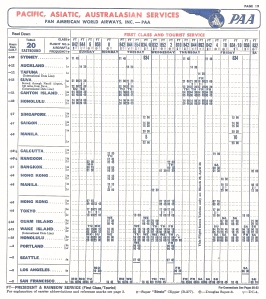
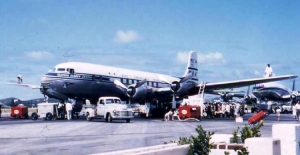
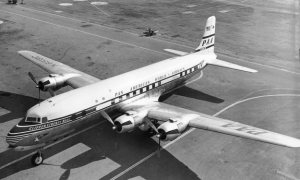

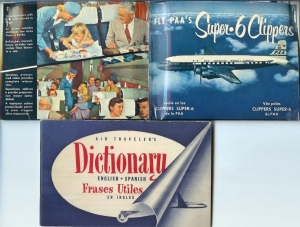
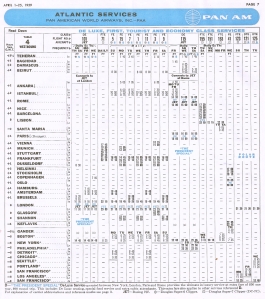
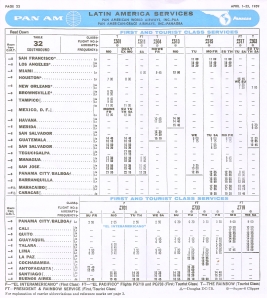
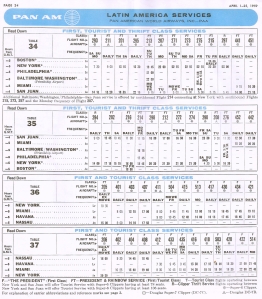
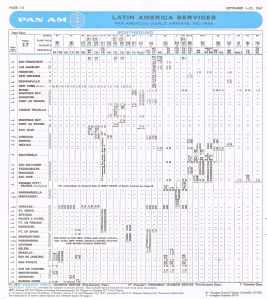
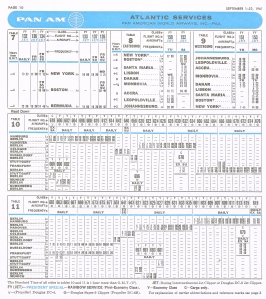
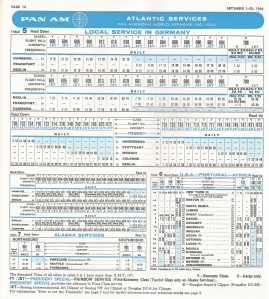
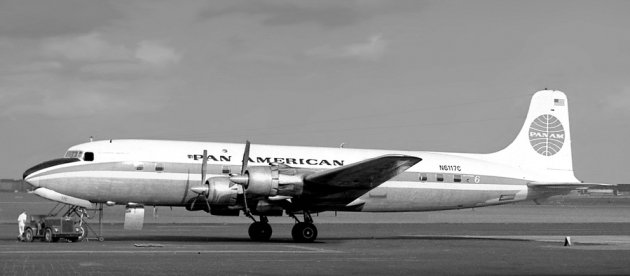
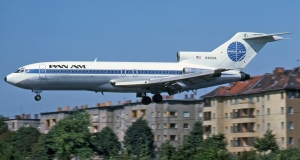
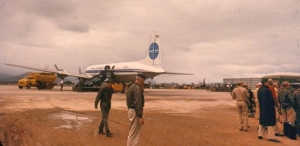
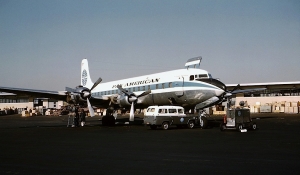
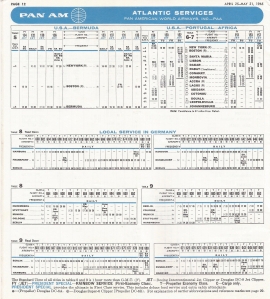
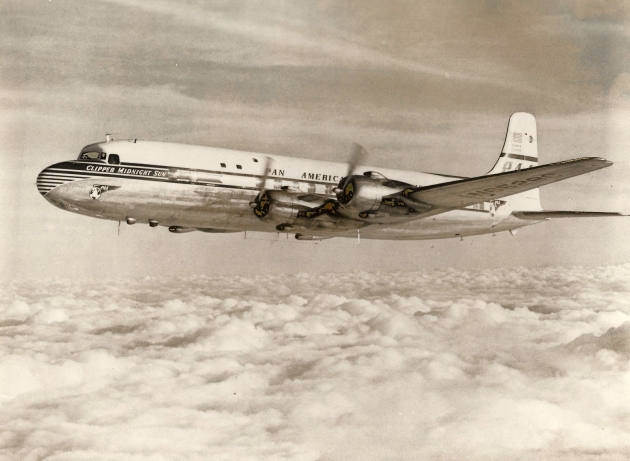
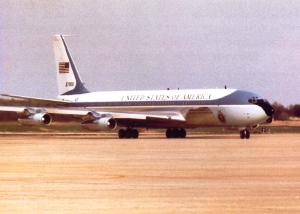
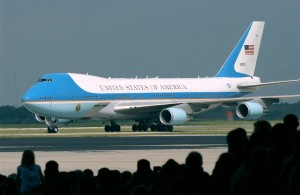
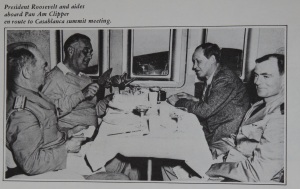

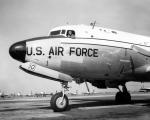
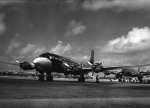


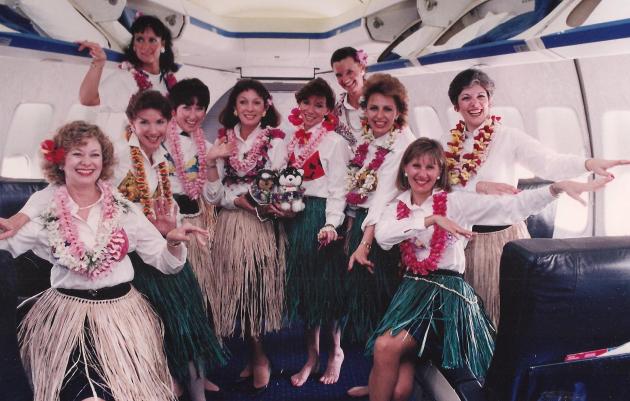
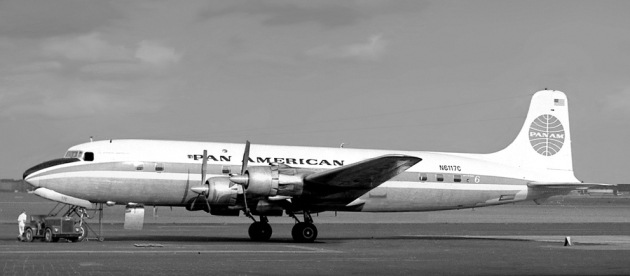
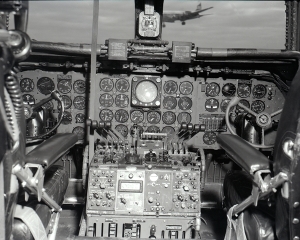

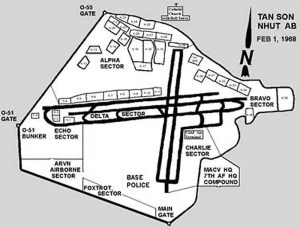
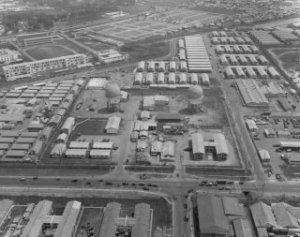
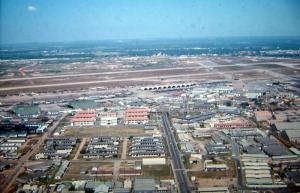
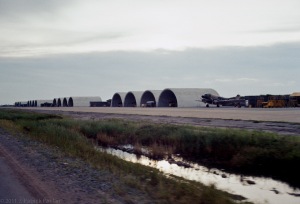

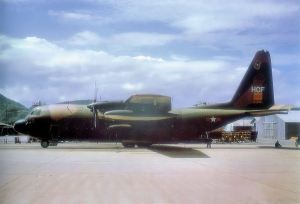
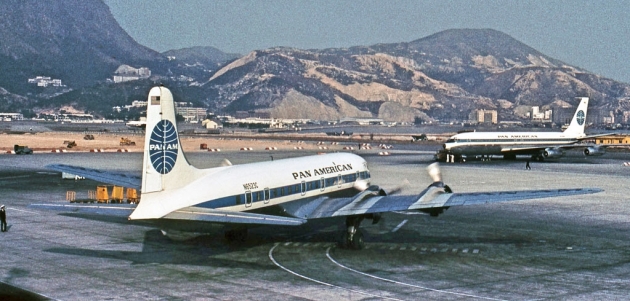

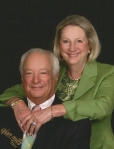


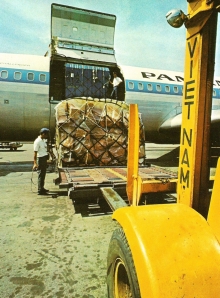
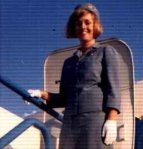






















































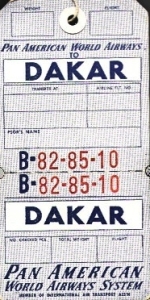



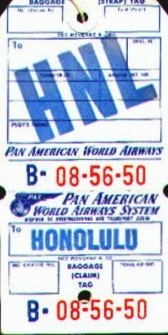






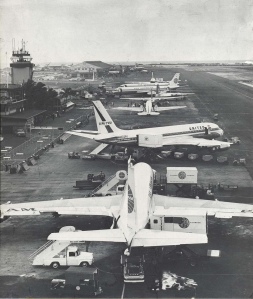



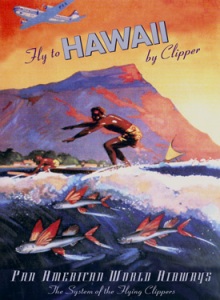















Recent Comments